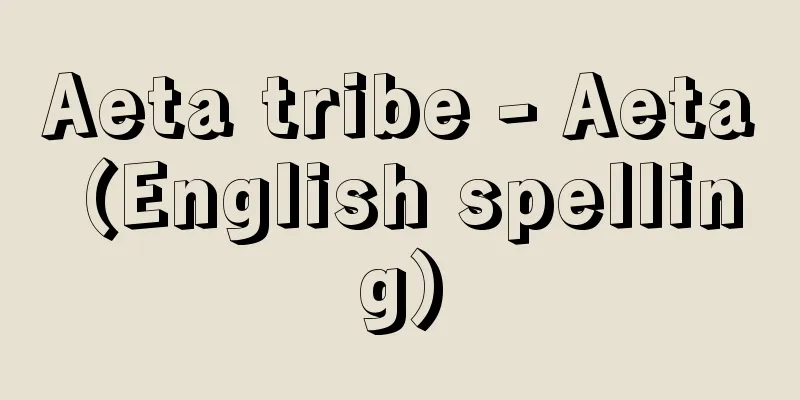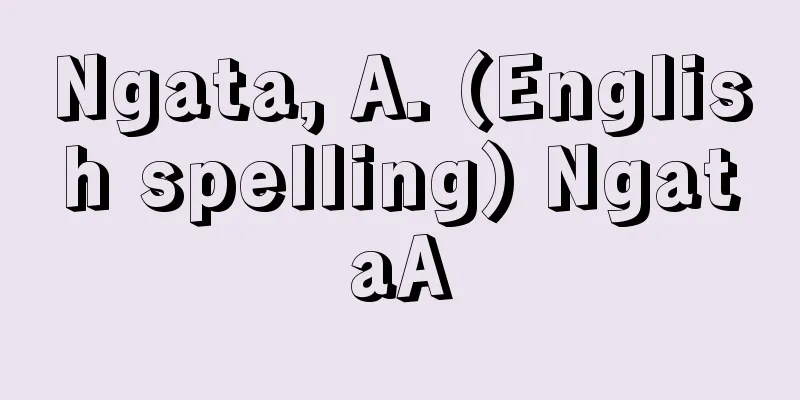Breadwinner - Daikokubashira

|
It is also written as Daikyokubashira. It is the most important pillar structurally, and is made of thicker material than other pillars. In that respect, it is comparable to the "True Mihashira" of shrine architecture. Usually, it refers to the central pillar between the dirt floor and the above-floor area, but in a rice-shaped floor plan, it can also refer to the pillar at the central intersection. It can also refer to the pillar in that position, regardless of its diameter. The central pillar of the dirt floor that supports the ushibari (beam) of the rafters is called the ushibashira, but since it faces the daikokubashira, it is also called the daikoku-nirami, shoukoku-bashira, ebisu-bashira, niwa-daikoku, shimo-daikoku, or usu-bashira. The usu-bashira may be a variation of the ushi-bashira, but in some regions, a mortar is placed at the base of the pillar. The daikokubashira may be made by splitting the ushi-bashira and extending it to the ridgepole above it. When this method is used on the gable side of a house, it is called an udatsu pillar or a munamuchi pillar. Because pillars are important in a framework structure, they are deified. The most distinctive feature of this can be seen in the Onbashira ritual at Suwa Shrine. The custom of pouring porridge on the main pillar first when building a new house is also evidence of this, and can be said to be an example of the pillar being seen as the house itself. During the feudal era, there were restrictions on the types of wood that could be used in private homes, and the use of conifers was not permitted, so broadleaf trees had to be used instead. Zelkova, oak, chestnut, oak, cherry and other trees were used for the main pillars. Of course, they were strong, but the material was hard so it was difficult to plane them. A spear plane was used to shave them off, leaving marks on the wood. This is known as hand axe sharpening, and is considered a finishing method used before the invention of planes and proof of the wood's age, but even if planes were available, the blades were not well-hammered and hard woods could not be cut. [Yotaro Takeuchi] Source: Shogakukan Encyclopedia Nipponica About Encyclopedia Nipponica Information | Legend |
|
大極柱とも書く。構造上もっとも重要な柱で、他の柱に比しとくに太い材料を用いる。その点では、神社建築の「真の御柱(みはしら)」にも匹敵する。通常は土間と床上部分との境の中央の柱をいうが、田の字型間取りの場合、中央の交差点に建つ柱をいうこともある。柱の径の大小によらず、その位置の柱をさすこともある。小屋組みの牛梁(うしばり)を受ける土間の中央の柱が牛柱(うしばしら)であるが、大黒柱に相対するので、これを大黒ニラミ、小黒(しょうこく)柱、えびす柱、ニワ大黒、下大黒、ウス柱などともよぶ。ウス柱は牛柱の転じたものかもしれないが、その柱の根元に臼(うす)を置いている地方もある。大黒柱は牛梁を割って、その上の棟木にまで達せしめていることもある。この方式を家の妻側に用いた場合、これをウダツ柱とか棟持(むなもち)柱などとよぶ。家の柱は軸組み構造の場合重要なものであるから、神格化される。そのもっとも特色のあるのは諏訪(すわ)神社の御柱(おんばしら)の神事からもうかがい知ることができる。家を新築した際、家移(やうつ)り粥(がゆ)をまず大黒柱にかける習俗も、そのことを証するもので、柱を家そのものと見立てた例といえよう。 藩政時代には、民家に使用する木材の材種に制限があり、針葉樹の使用は許されず、広葉樹を用いざるをえなかった。大黒柱にもケヤキ、ナラ、クリ、カシ、サクラなどが使用された。もちろん力も強いが、材質が堅いから鉋(かんな)はかけにくい。槍(やり)鉋で、はつる(そぎ落とす)ようにして削る。したがって削り目が残る。世にこれを手斧(ちょうな)削りといい、鉋の発明される以前の仕上げとし、その年代の古さの証(あかし)とするが、鉋はあっても刃の打ち方が未熟であるため、堅木が削れなかったためである。 [竹内芳太郎] 出典 小学館 日本大百科全書(ニッポニカ)日本大百科全書(ニッポニカ)について 情報 | 凡例 |
Recommend
《Journal officiel de l'Empire français》 (English notation) Journalofficiel del Empirefrancais
...The name of the paper at the time of its found...
Introduction, development, twist and conclusion
A term used in the construction of Chinese poetry...
Small movie - Kogata Eiga
In general, the term refers to films that use narr...
Urakami
A district in the northern part of central Nagasa...
Geometric mean
It is also called the geometric mean. When n posit...
Cladophlebis
Fossils of Mesozoic fern leaves, called morphospec...
Nudist movement - Nudist movement (English spelling) nudism
A movement of people who believe and practice livi...
Click - Francis Harry Compton Crick
British molecular biologist. He studied physics a...
Lay Buddhist
〘 noun 〙 Buddhism practiced among people who do no...
dice
…The most common dice used today are cubes with d...
Car Nicobar [island] - Car Nicobar
...The total area is over 1,950 km2, the populati...
Āśvayujī (English spelling) Asvayuji
...Offerings to the snakes are made daily until t...
Rudjer Josif Bošković
1711‐87 Italian mathematician and natural philosop...
Market price - Shichuusoba
A market price that treats a collection of individ...
Replacement jacket - Kaeuwagi
…But the jacket in its modern meaning and form wa...









